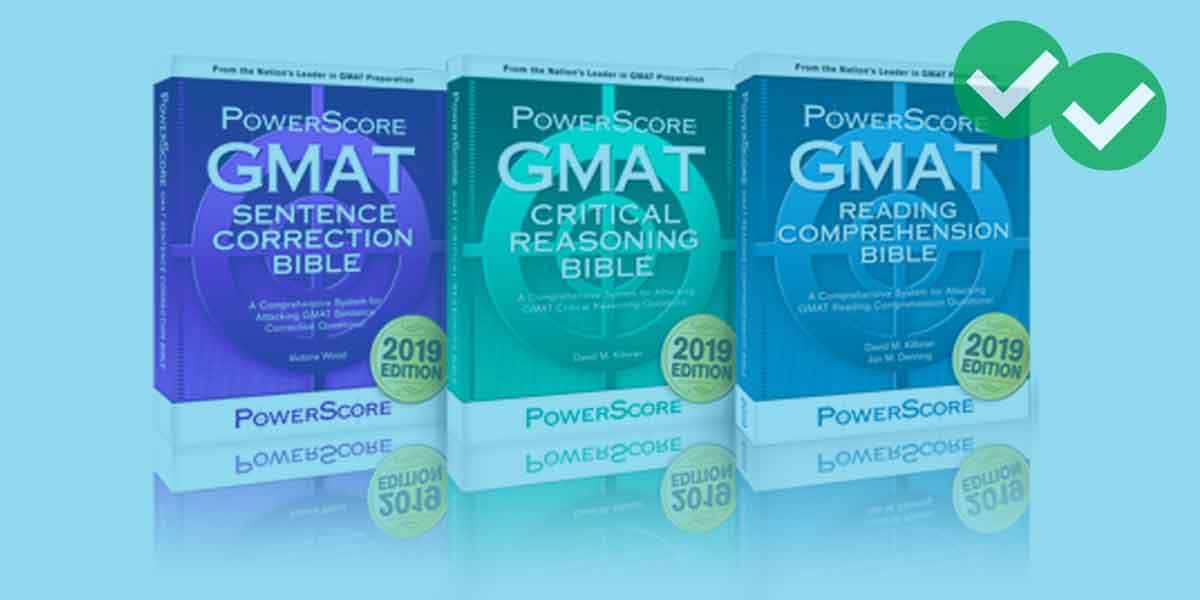This article is the seventh in a series of real-world issues that could be useful background in interpreting GMAT Critical Reasoning and Reading Comprehension questions. Here are the first six articles
1) Economics: Supply and Demand
3) Economics: Inflation, unemployment, and interest rates
4) Law: “beyond any reasonable doubt”
5) Statistics: Statistical significance
6) Economics: Profits and Non-profits
This post revisit issues in basic statistics and basic science.
Experiments
In a simple design, an experiment has two parts. The first, called the treatment, tests the factor in question, the factor that the researchers want to evaluate. The second part, called the control, is identical to the treatment in every way except that it excludes the factor in question.
For example, suppose researcher designs a new motor oil, and want to test whether it’s better than standard motor oil. (We will assume the researchers have some numerical measurement in mind for what makes an oil “better”.) A good experiment design might involve a treatment group with, say, ten different models of cars, each with the new motor oil it in; the control group then would have to be the same ten models of cars, each with standard motor oil. If we had this set up, ran all the cars, and made whatever appropriate measurements, then we would have a good idea of how the new motor oil compared to the standard motor oil. (Of course, real experiments can be much more complicated, but this is enough for our purposes.)
Now, the question arises: how would these ideas apply to medical studies? Whenever the subject of our experiment involves human beings, instead of something inanimate such as automobiles, then things get much messier. Humans have beliefs and opinions and objections and thoughts and feelings and all kinds of other things that cars don’t have and that make scientific experiments not so simple.
Suppose we have a pool of 100 people all with particular disease. Suppose we have a new medicine that we think will work. Naively, we might give 50 people the medicine, give the other 50 nothing, and make sure all 100 get the same diet, the same bed rest, etc. etc. What worked beautifully when testing automobiles turns out not to work so well when people are tested.
The Placebo Effect
In industrial & post-industrial societies, doctor and the medical science have great prestige. Thus, when a doctor or other medical professional gives a sick person medicine, the sick person typically has a strong expectation that the medicine, whatever it is, will help her.
Well, if you have any familiarity with psychology, you may realize that expectations are a funny thing. Expectations of an external event can change you experience and evaluation of that event, and people who walk into the same event with different expectations may have wildly different experiences of it.
Well, medicine and healing are internal — they play out within a person’s body — and it turns out expectations can have an even more profound effect in this arena. In particular, if a sick person takes a pill from a doctor, that person’s belief and trust in the doctor will create an expectation of healing, and that expectation can have tangible healing effects, up to an including a complete cure, even if the pill given had absolutely no medicinal value. This is called the placebo effect.
A placebo is a pill that is known to be harmless but to have no medical value. Most typically, placebos are sugar pills — pill capsules that contain nothing but ordinary sugar. In this context, the placebo would be given to the patient as if it were real medicine, in conditions in which the patient would be told or would naturally assume that the pill would contain real medicine. Any healing effects the patient experiences are not due to the content of the pill but rather to his own expectations and the way these expectations play out in one’s psyche. Medical science has documented cases in which patients achieved relief from serious pain purely through the use of placebos.
Obviously, the placebo effect is an important clue for the impact of belief and emotions on the process of healing.
Medical experiments
As magical and fascinating as the placebo effect is in principle, it poses an inherent challenge to medical research. In the naïve experiment suggested at the end of the “Experiments” section, just the fact that the subjects in the treatment group are getting a pill could give them an expectation of healing, which will stimulate healing apart from any medicinal value of the pill. In order to demonstrate that a medicine is truly worthwhile, it must outperform the placebo effect. In practice, in virtually all medical experiments, the treatment group receives the medicine being tested, and the control group receives a placebo — the medicine & placebo are in visually indistinguishable capsules. If the medicine does only as well as the placebo effect, then it would be hard to conclude that it had any significant medical value; only if the medicine clearly outperforms the placebo effect can we say that it has real medical value.
A logistical note. Obvious, when someone is giving pills to the subject, the “pill giver” can’t tell the subjects: “you’re getting the medicine”, or “you’re getting the placebo.” In fact, if the “pill-giver” even knows whether the pill is medicine or placebo, no matter how much the “pill-giver” may try to conceal that information and act the same every time, it turns out that subtle non-verbal cuing is enough to alert the subjects so that no placebo effect takes place for the placebo. Meanwhile, folks who got the medicine were implicitly informed that what they received wasn’t a placebo, so if these people showed improvement, does that mean the medicine really has value or that it’s simply the placebo effect?
Modern medical trial account for this with a double-blind design: this means neither the “pill-giver” nor the subject receiving the pill has any idea whether the pill is medicine or placebo. This design always involves at least two researchers. For example, researcher #1 could prepare 100 identical capsules, 50 with placebo and 50 with medicine, then number paper pill cups from 1 to 100, and put one capsule in each cup, keeping a precise record of which cups have which kind of pills. After this set-up, researcher #1 & his record leave the building. Then, researcher #2 appears, and administers pills to subjects, keeping another precise record of which number cup’s pill was giving to which person. During the actually “pill-giving”, both researcher #2 and the subject were “blind” to which kind of pill it was — that’s what makes this a “double-blind” design. Much later, after all the subjects have received their medicines, the two researchers can compare their notes and figure out who got what kind of pill. This is an extremely simplified description, but that’s an example of how, at the moment of pill-giving, neither party knows what kind of pill is given, and yet a complete record would be kept of exactly who got exact what kind of pill. That’s probably far more detail than you need, but it may give you a sense of the lengths to which researchers must go to accommodate the placebo effect.
Summary
That’s a great deal of information about the placebo effect and its implication for medical research. Biology and medicine is one topic that can appear on GMAT CR arguments. Of course, every GMAT CR question must explicitly tell you everything you know, but if you aren’t expecting the placebo effect, and the question indicate this is taking place or refers to it, it could be hard to understand everything about this subtle and complex effect, including all its logical implications, and answer the question, all in under 90 seconds! Having some experience with this sophisticated idea could save you valuable time on the test.
If you would like to add anything, or have something you would like to ask, please let us know in the comments section.






Leave a Reply